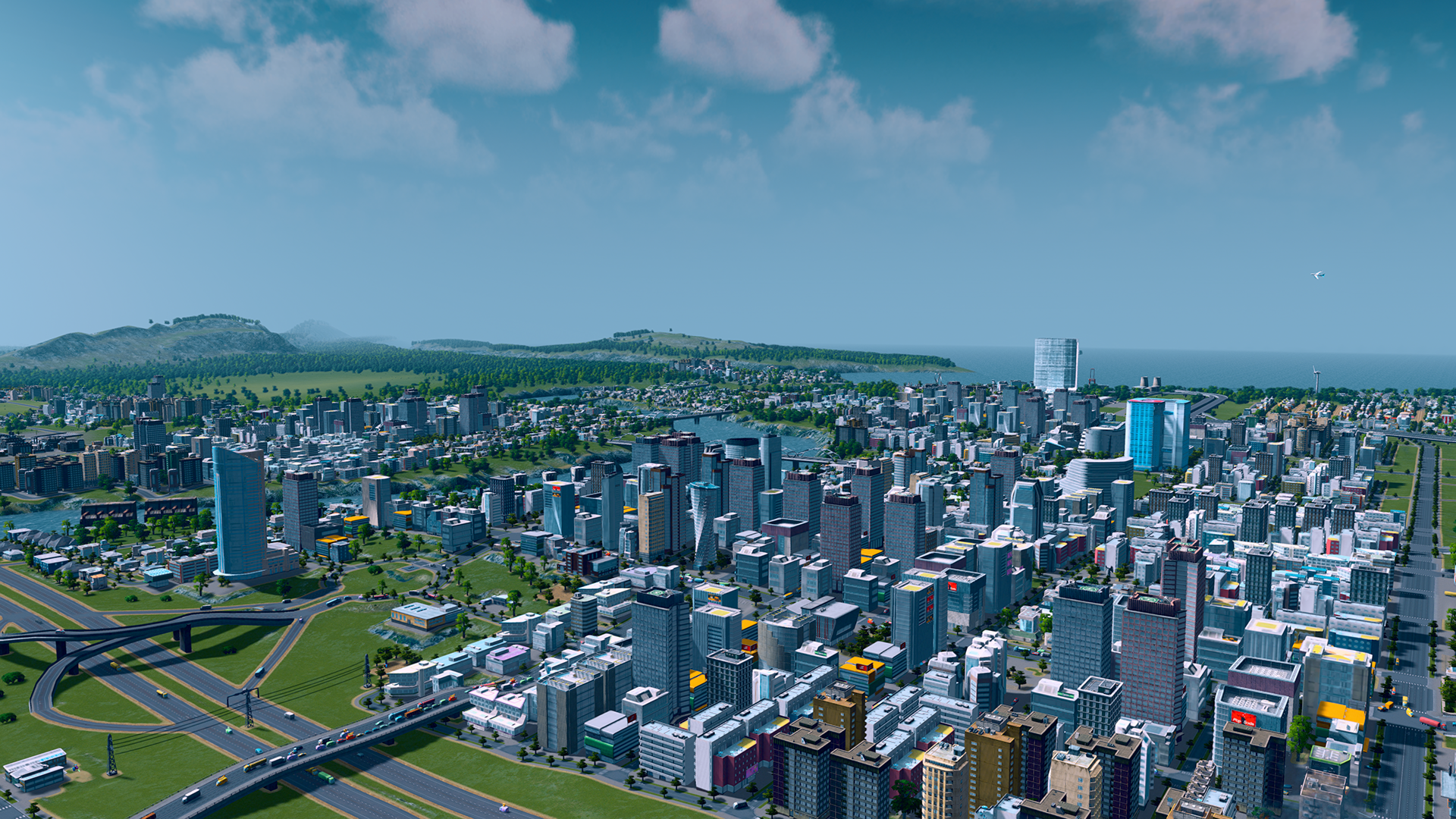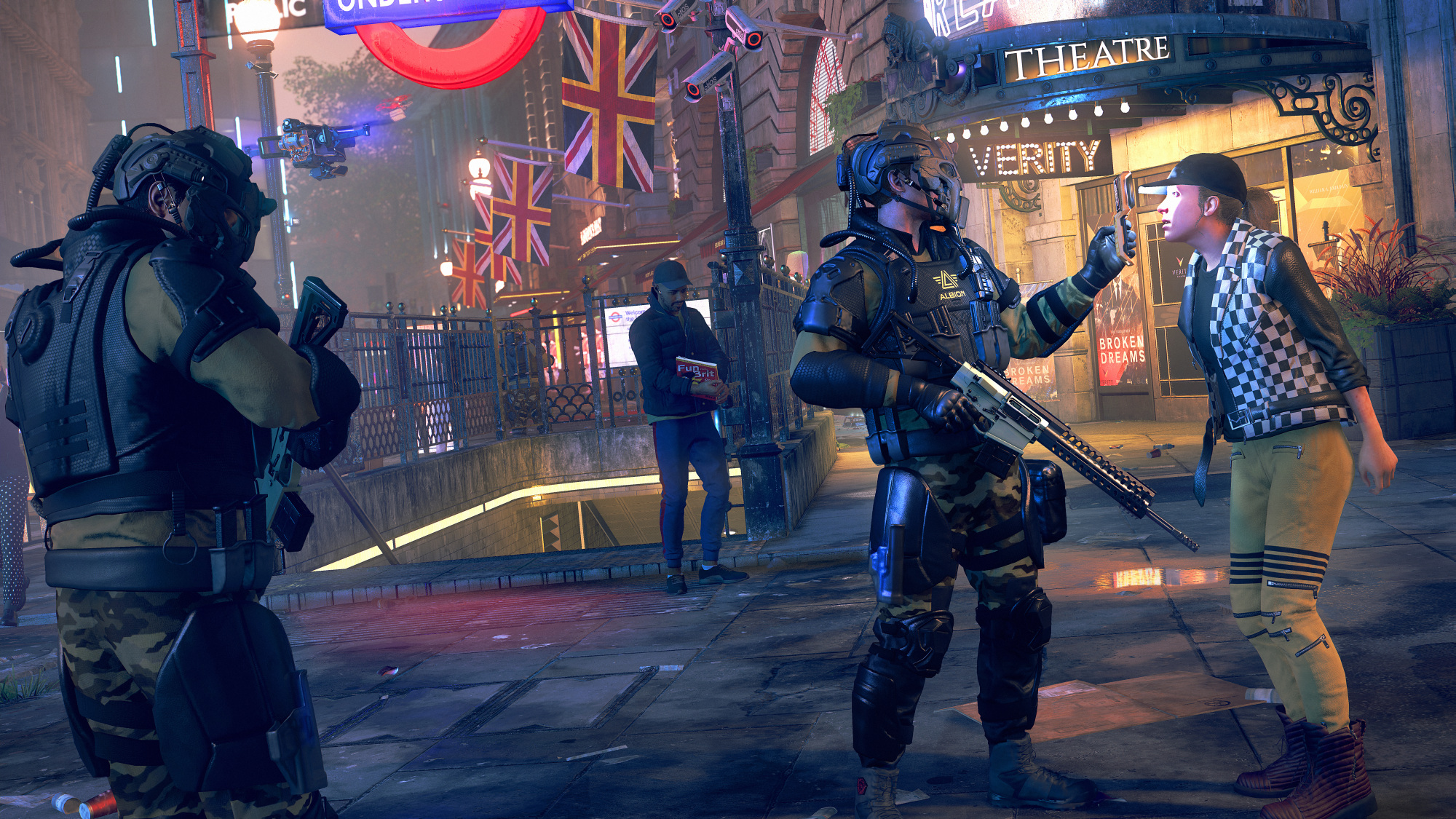From Asphalt to Audio: Cities Heard, Not Just Seen
When we talk about urban identity in video games, visuals often steal the spotlight—towering buildings, bustling markets, neon alleyways.
But an equally potent, and often overlooked, layer of immersion lies in sound. Increasingly, game developers are using audio design not just as background texture but as a primary vessel for communicating the soul of a city. Soundtracks are no longer generic orchestral backdrops—they are cultural blueprints.
From lo-fi beats echoing through indie open-worlds to region-specific rap, street chatter, protest chants, and even traffic rhythms, sound has become a new way of urban worldbuilding. And as urban culture continues to shape global digital aesthetics, developers are tuning into the city as a living, breathing playlist.
Sonic Cartography: Mapping Through Music
Just as maps help us navigate space, sound helps us understand it emotionally. In games like Jet Set Radio, Hi-Fi Rush, or Spider-Man: Miles Morales, music is integral to how players experience movement, tension, and character identity. These soundtracks don’t just accompany the game—they narrate it.
In Miles Morales’s Harlem, Afro-Latin rhythms, contemporary hip hop, and Dominican Spanish blend to anchor the protagonist in his community. You don’t just play in Harlem—you hear it. That audio landscape gives texture to everything: swinging through rooftops, stopping at bodegas, or confronting street-level crime.
For developers, this approach is both technically demanding and culturally rich. Audio designers must now act as sonic ethnographers, researching local music scenes, recording ambient noise from actual locations, and partnering with local artists.
Beats and Belonging: The Rise of Localized Soundtracks
One of the most compelling evolutions in game design is the rise of hyperlocalized soundtracks—compositions created not for mass appeal, but for cultural specificity.
Nigerian rhythm in Aurion: Legacy of the Kori-Odan, Detroit techno in Underground Blossom, and Korean street rap in DokeV are all examples of how music anchors fictional cities to real-world sonic heritages.
The result is a new kind of immersion. When players hear the local accent in a rap verse or the jingle of a street vendor in a language they recognize, they don’t just feel entertained—they feel seen.
This trend parallels other niche digital ecosystems, where specificity breeds loyalty. Even platforms like Footy Guru, focused on sports analysis, have embraced regional tone and slang in content delivery—understanding that place-based identity strengthens user engagement.
Read also: When Games Echo the Streets: Urban Identity in Game Design
Audio as Resistance: Sonic Protest in Digital Worlds
Cities are not just shaped by joy—they are shaped by struggle. And increasingly, game soundscapes are including sounds of resistance.
In Watch Dogs: Legion, players hear underground radio broadcasts and protest songs that echo London’s real-life activism. In 1979 Revolution: Black Friday, chants and street noise recreate the sonic tension of a collapsing Tehran.
These choices are not aesthetic—they are political. They position the player not just as a visitor, but as a participant in urban histories and conflicts. Audio becomes a narrative tool for dissent, memory, and solidarity.
Some independent games go further, using real field recordings from marches or community gatherings. These games don’t just simulate cities—they document them.
Glitch Beats and Pixel Cities: Sonic Fiction in Indie Games
While AAA titles often aim for realism, indie games are where sonic experimentation flourishes. Developers of games like Umurangi Generation, Sludge Life, or Anodyne 2 use sound not to replicate reality, but to interpret it. Loops of glitched-out basslines, distorted city radio, or half-remembered childhood jingles create dreamlike versions of urbanity.
In these games, the city doesn’t sound real—it sounds remembered. Or re-imagined. The beats are dirty, unpredictable, and deeply personal. Sound becomes a speculative fiction tool, crafting worlds not as they are, but as they feel. That emotional fidelity is often more powerful than visual realism.
The DIY Audio Movement: Mods, Mixtapes, and Community Playlists
Beyond developer-designed soundtracks, players themselves are reshaping city-based games through modded audio and community playlists. Fans of games like Skater XL or Cities: Skylines often replace in-game audio with custom tracks—from local punk bands to field recordings of their neighborhoods.
Some even release unofficial “mixtapes” for cities that don’t yet exist in-game. These sonic fanfictions become part of a growing movement where players use music to lay claim to digital spaces. It’s not just about gameplay—it’s about cultural authorship.
The Future Sound of the City
As spatial computing, haptic feedback, and immersive audio continue to evolve, the role of sound in expressing urban identity will only deepen. Future games may adapt dynamically to the player’s in-game behavior, altering the soundtrack based on emotional state, time of day, or narrative arc.
Developers are already exploring generative music engines that compose city-specific scores in real time. Imagine walking through a virtual Dhaka or Medellín, where every street plays back an evolving mix drawn from actual neighborhood samples, local music metadata, and real-time player choices.
In that future, the soundtrack won’t just set the mood—it will be the map. A playable, listenable, living city score. And players won’t just navigate space—they’ll mix it.


